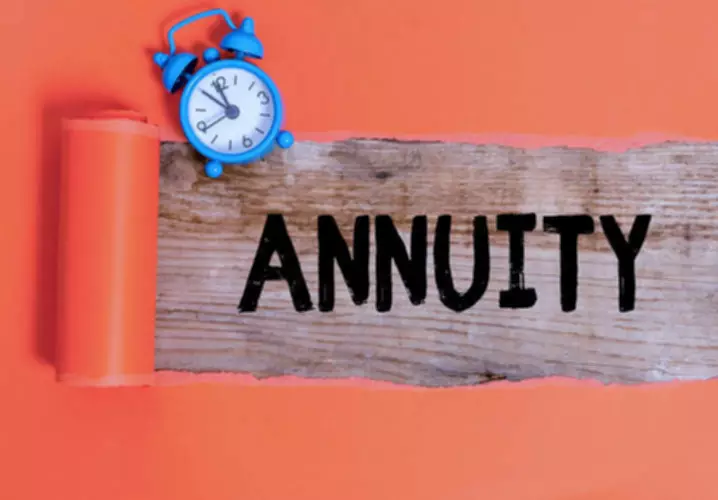Content
- Startup Days Cash on Hand Calculation Example
- Related Posts:
- How to Balance Your Cash Drawer Like a Boss
- What is the accounting and journal entry for Cash Over and Short Account?
- Over and Short: Definition and What It Means in Accounting
- Types of Cash on Hand
- Tips for balancing drawers
- How to calculate cash flow: 3 cash flow formulas, calculations, and examples

In contrast, the cash over and short is recorded on credit when there is overage. Internal tampering could cause a business to be over and cash short and over short in its accounting. If the physical cash amount is higher than what appears on the cash drawer records, it falls under cash over.
How do you calculate cash over cash?
Cash-on-Cash Return Formula
A relatively simple calculation, an investor can find out their cash-on-cash return by taking the pre-tax cash flow (determined using the income and expense calculations for a property) and dividing that figure by the total amount of cash invested.
This may depend on a number of factors, including the industry and the geographic location. Therefore, the balance of cash short and over is on debit or credit depends on whether it is shortage or overage. In case of shortage, the cash over and short is on debit and vice versa.
Startup Days Cash on Hand Calculation Example
As you think back on this system, note that there are several internal controls in place, most notably segregation of duties, assignment of responsibility, and a reconciliation (monitoring) process. In the next section, we’ll look at one of the most important cash controls, the bank reconciliation process, in detail. In order to clearly understand this cash over and short, let’s go through the examples below.

Limitations allow you to avoid cash drawer discrepancies and can help you avoid workplace theft. If there are any discrepancies that you could not resolve, account for overages or shortages in a separate column. Shortages could mean cash was either lost, stolen, or counted incorrectly. Most discrepancies are caused by human error, such as giving the incorrect change to a customer or misplacing a credit card receipt. Cash flow problems are never fun (remember they’re responsible for a large majority of small business failures), so it’s important to ensure positive cash flow before you start spending.
Related Posts:
Using cash flow formulas can help you prepare for slow seasons and ensure you have enough money on hand before spending on your business. “There are so many transactions that happen every day in the POS system. If the ring ups are correct then we know we can expect a certain amount of money,” says Regina. “If not all of that money is there, that’s when we begin to investigate vendors, third party merchants, banks, employee training, store procedures or employee theft. “Querying bank statements alongside POS transactions works best when clients make daily deposits separately, instead of lumping them all together,” says Regina. Even if the bank is visited weekly, keep the daily deposits separate to better pinpoint exactly which day and which employee was responsible for making the deposit.

If you’re struggling to balance your cash drawer, you’re not alone. Read on to learn how to balance your cash drawer as well as tips and tricks to keep your drawer in shipshape. Keeping track of cash flow into and out of your business means you have a more holistic understanding of your business’s financial health. You can anticipate cash flow problems and solve them before they hit, and you can optimize your operations so cash flow troubles become a thing of the past.
How to Balance Your Cash Drawer Like a Boss
Count the money remaining in your petty cash account at the end of an accounting period. Now subtract the amount remaining from the account’s original balance to determine by how much you need to replenish the account. In the example, if your petty cash account’s original balance was $1,000, subtract $550 from $1,000 to get $450, which is the amount by which you need to replenish the account. The cash over and short account is the type of miscellaneous account in the income statement. If its balance is on the debit side, it is usually presented in the miscellaneous expenses. On the other hand, if its balance is on the credit side, it will be presented as miscellaneous revenue instead.
If there are large amounts missing, however, it is also best to check for register mistakes, like processing a refund or A/R account incorrectly, before assuming the employee miscounted or stole money. Another more serious reason to have money in the Cash Over Short account is theft, and this is a big reason you want to pay attention to it. For example, at the end of the month, the receptionist of the company ABC needs to request reimbursement to refill the petty cash fund of $100. When it comes to your cash drawer, the fewer people who access it, the better.
What is the accounting and journal entry for Cash Over and Short Account?
Harold Averkamp (CPA, MBA) has worked as a university accounting instructor, accountant, and consultant for more than 25 years. That means she has $67,500 in available cash to reinvest back into her business. Tracking errors to patterns in staffing can help you see if you have a training deficit or a thief in your midst. Consider the following questions to help discover the root of the problem.
- The petty cash fund account currently has $32 in cash and $15 in receipts.
- This is more common with companies that deal with significant amounts of cash (retail, banking, etc.) or that have large and heavily used petty cash funds.
- Therefore, the cash over and short is usually at debit balance which represents an expense.
- In these cases, cash variances should be stored in a single, easily-accessible account.
- In addition, any highly liquid cash equivalents such as marketable securities, commercial paper, and short-term investments should be included in the figure.
- Entries are needed to (1) establish the fund, (2) increase or decrease the balance of the fund (replenish the fund as cash is used), and (3) adjust for overages and shortages of cash.
If you start noticing cash drawer discrepancies time and time again, something might be up. You might be dealing with stolen funds if cash consistently does not match your POS reports. For example, if you’re looking to secure outside funding from a bank or venture capital firm, they’re more likely to be interested in your operating cash flow. The same goes if you begin working with an accountant or financial consultant, so it’s important to understand what OCF looks like for you before seeking funding.
Over and Short: Definition and What It Means in Accounting
For example, if a company records a cash over entry of $7, this will increase its net income by $7. On the other hand, if a company records a cash short entry of $7, this would decrease its net income by $7. When a business experiences repeated „cash over“ or „cash short“ situations, it may be indicative of a larger problem such as theft.
Čitaoci koji žele da podrže rad našeg portala to mogu da učine uplatom na dinarski žiroračun, sa naznakom "DONACIJA"
PODACI ZA UPLATU
Primalac: Portal Vesnik 017, Sime Pogačarevića 12, Vladičin Han
Broj žiroračuna: 205-423569-81

